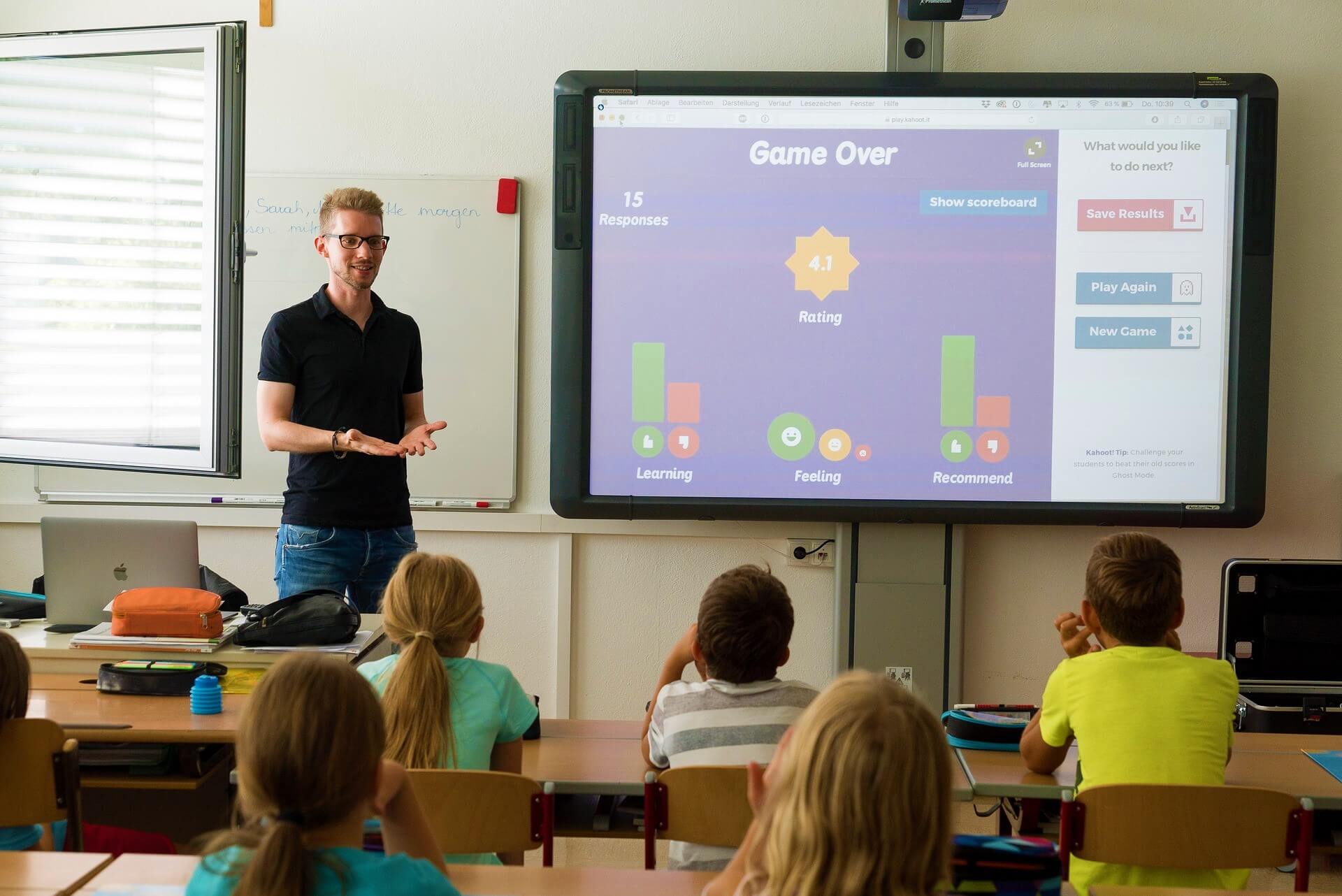Data is valuable. For a long time, schools have been amassing data but haven’t realized just how useful it can be to their operations.
We are talking about data on spendings, performance, attendance, cafeteria meals, and much more. The main limitation to using this data in schools has been the technical capacity of the institutions.
The good news is that schools have embraced technology to empower learners. The increase in technology use in learning institutions has also increased the capacity for data gathering and analysis. Here are some of the ways that the use of data can improve the outcome of education.

1. Student Monitoring
Classroom teachers have the opportunity to manage and enhance the learning process. Data on students’ performance over time can help them determine the different students’ strengths and weaknesses.
Educators can monitor student’s learning through assignments, quizzes, assessment tests, and even discussions.
By assigning essays such as how to write a cause and effect essay after an English class, teachers can tell how well the students grasped the information they delivered. That is from the scores they will get from the essays.
Student background available in the different faculties can also help the educators determine what could be the cause of students’ poor performance.
With this, they can identify the best remedies to apply. It does not stop there. The educators can also assess their performance through students’ performance data and determine if they need to improve their delivery.
2. Improved Resource Allocation
Students’ performance and resource allocation are related. Proper allocation of resources can significantly improve students’ learning. By analyzing data, institutions will be able to identify resource gaps that exist and affect students’ performance.
The resources include educators, learning materials, infrastructure, and instructional time. Each one of them affects performance. Limited instructional time due to the shortage of educators can lead to students lagging in their syllabus.
There will also be inadequacies in support to help students achieve the best performance. Shortage of learning materials will also limit the support students need to complete their coursework.
Data can help point out the gaps and provide room for improvement. This will positively impact the performance of the students.
3. Personalized Learning
Personalized learning is geared towards catering to different students’ needs. That is how they learn, how fast they grasp concepts, their interests, and their strengths, to mention a few.
The one size fits all learning strategy has posed challenges to the learning process since students are different. This has affected performance.
With data, learners can access lesson plans that best suit them. It has thus allowed students to take ownership in learning and motivating high performance. Students will enjoy a flexible learning environment through personalized learning that meets the unique needs of the students.
Educators can collect a broad range of data from students from their performance, interaction with other students, and behavior. This will give them a complete picture of the student, guiding them in creating student-centered lesson plans.
4. Professional Development of Staff
Educators’ skills and experience have a role to play in the performance of students. Since teacher efficacy has an impact on the performance of learners, an institution needs to support educators’ professional development.
Teachers’ professional development will improve how the teachers transfer knowledge to the students and improve their performance. Data on the overall performance of the subjects the teacher takes can reflect on their professional skills.
With such data, institutions can have the information they need to propose and implement relevant and continuous professional development.
Data-informed training will go a long way in helping the teachers adopt strategies that will work best in their classes.
5. Prediction of Careers and Academic Future
Through learning analytics, teachers can predict the performance of students in oncoming examinations. That is through gaining in-depth insight into the long term academic performance of individual students.
Teachers can then predict if a student will not perform well in a given subject and provide the necessary assistance to them.
While making career choices has initially been centered on passion, education data can help drive more practical decisions.
Educators can use data to assess the students’ academic and performance structure and guide them on the careers they are likely to excel in.
6. Time and Cost Savings
Learning institutions will be able to operate more efficiently if they use data. Through the proper allocation of resources, the institutions can meet their goals without incurring extra costs.
Effective lesson plans and customized student support will also minimize the time the students take in grasping concepts and completing their courses.
Take Away
Data will help improve the performance of learners in many ways. Through personalized learning, teachers can design lesson plans and assessments aligned with the students’ capabilities.
Data will also improve the management of institutions through better resource allocation and informed strategies.
Data will also inform on the professional development areas of the teachers. This will equip them with relevant training to help them communicate better with students.
Data will help educators predict students’ performance and provide them an opportunity to get the support they need for better performance.
All of this makes data gathering in learning institutions vital.